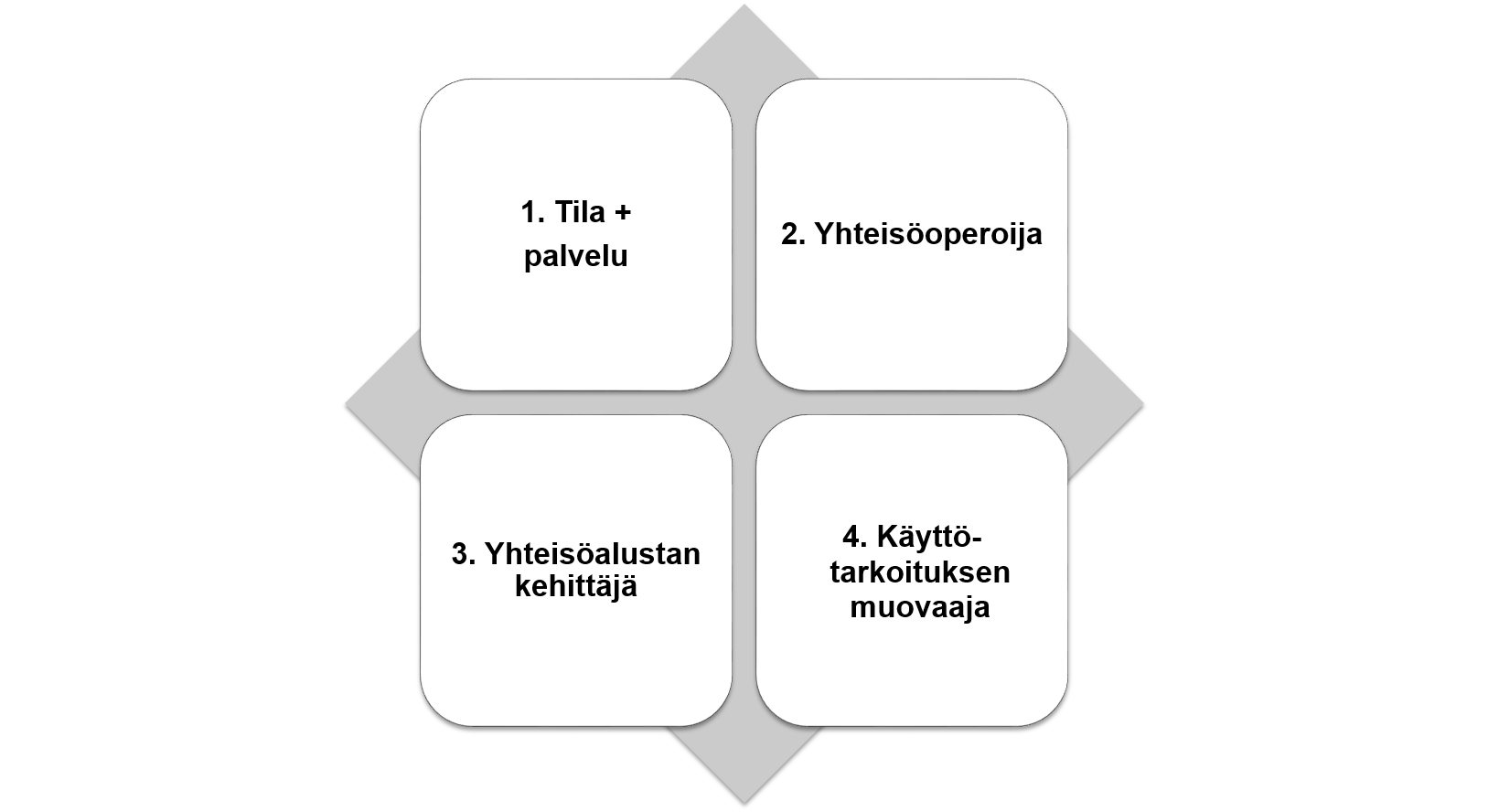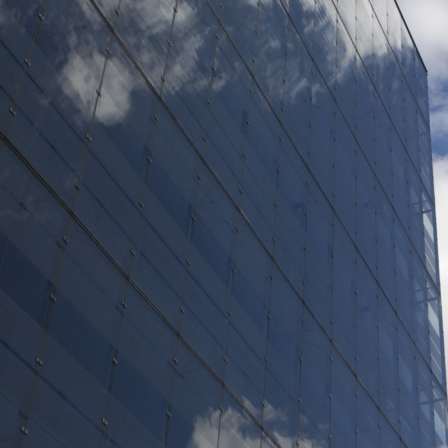- Space + service
- Connected community operator
- Connected community platform developer
- Site transformers
The real estate development market in the Helsinki capital region is in the midst of reformation. Many ageing facilities stand empty or remain underused. Both public and private organisations are reassessing their facility needs and preparing for a transition to multi-use open offices. The changing nature of work patterns and increasing migration to city centres are challenging many familiar business models in real estate development.
At the same time, customers have begun to value flexible, short-term rental agreements, inspiring workspaces and adaptable, multi-use, open spaces. Ultimately, customers want to pay only for the space that they actually use. As a result, the traditional value-creation models of the real estate development business are shifting in favour of the more comprehensive business models.
The emerging, connected community service providers have adopted new real estate development models, which have a broad appeal to new customer segments. They offer mobile employees, entrepreneurs and organisations flexibility, easily adaptable rental agreements and “unique” entry to special communities – contemporary tribes. The transition is further facilitated through digitisation and new forms of entrepreneurship.
The connected community service providers do not mind about square metres, but rather combine facilities and services to maximise their respective business development. Facilities offer a venue for establishing a sense of community, introduce activities that promote connected communities and present new, specialised services for developing business between members of a given community. In the future, we expect connected community operators to create new revenue streams through advanced subleasing models, the collection of member fees, space transformation projects, life-cycle service assignments and packaging services.
Facility owners and even conventional real estate developers should consider playing a more active role in the development of these kinds of connected communities, as opposed to waiting for the change to happen and letting the connected community operators collect the added value. The new growth models:
- transform waste/underused space and open up own facilities to partners and other external collaborators;
- invite customers to participate in the co-development process and link them to the planning of facilities and service solutions that match the new work patterns;
- create facility owner networks – i.e. link various locations throughout the Helsinki capital region and provide selected, trusted customers open access to all of them;
- actively share the development risks with connected community operators and distribute the proceeds from membership to key partners;
- introduce new digital solutions which support the implementation of up-and-coming service and business models.
Additional perspectives on the development of the suggested business models can be found in the survey report prepared in collaboration with Sitra.
Read more on the survey results below (in Finnish).



Recommended